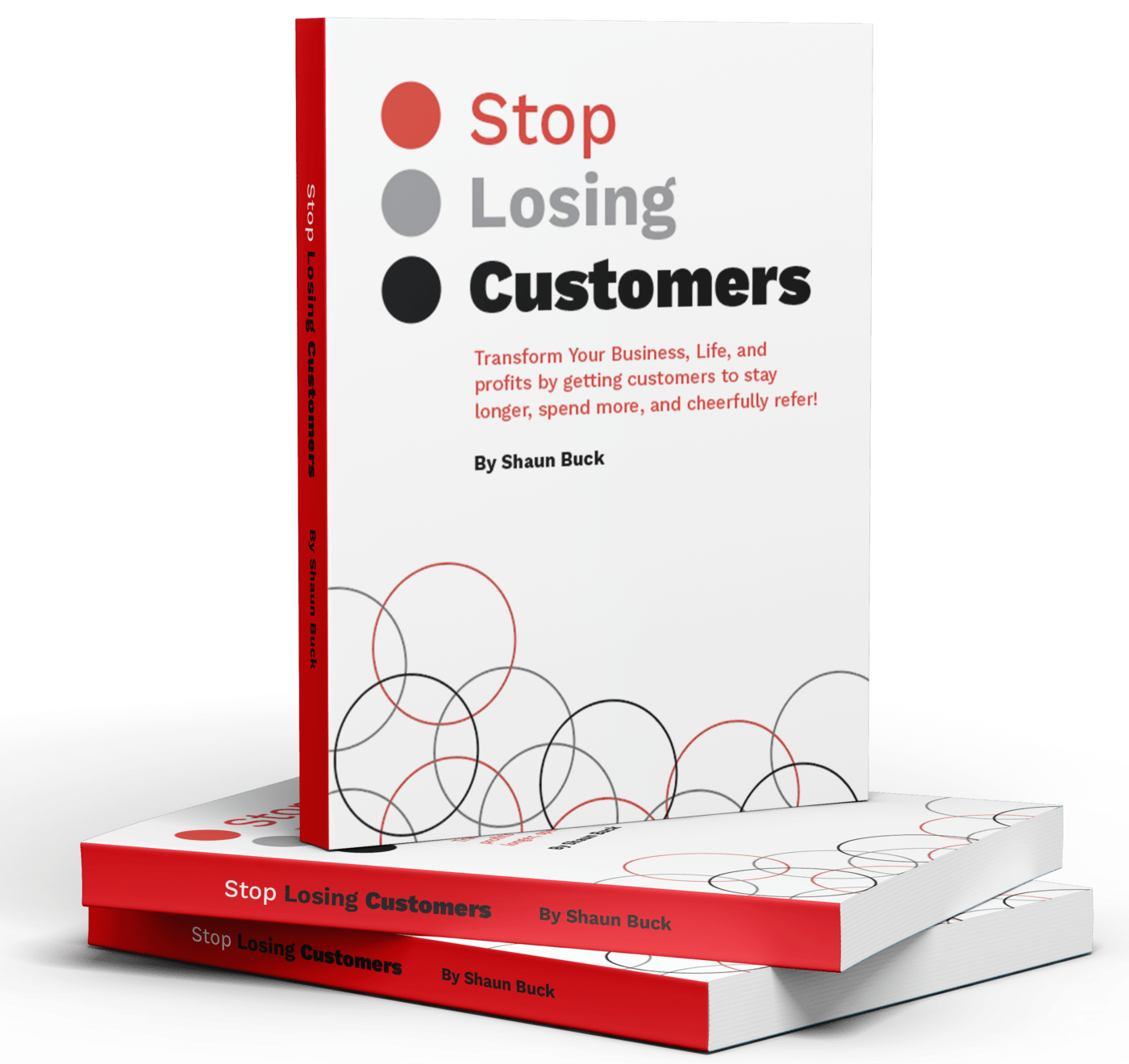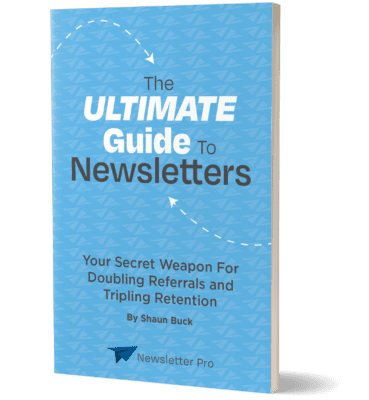A/B testing, or split testing, entails crafting two variants of an email and distributing them to subsets of your subscriber base. The subsequent analysis of engagement metrics reveals which version yields superior performance, informing your future email campaigns.
This article serves as a guide through the nuanced process of evaluating A/B test outcomes for your email newsletter. Our aim is to arm you with actionable insights, enabling you to harness data to elevate the effectiveness of your email marketing initiatives.
The Importance of Analyzing A/B Test Results
Through A/B testing, you can pit two iterations of your newsletter against each other to discern which one garners a more favorable reception. Goals vary widely, from enhancing open rates and click-through rates to driving conversions.
Delving into A/B test outcomes is imperative for it sheds light on your audience’s preferences. By experimenting with various facets of your emails—be it the subject line, the body content, or the call-to-action (CTA)—you can pinpoint the elements that resonate most with your subscribers.
Additionally, A/B testing can unearth problematic aspects of your email, such as unappealing design elements or ineffective copy, which may be hindering your performance. A thorough analysis equips you with the knowledge needed to make informed adjustments to your email marketing tactics, setting the stage for improved outcomes.
Understanding the nuances of your audience’s behavior is not a one-time achievement. It’s a continuous journey of testing, learning, and refining. By embracing a culture of data-driven enhancements, you’ll not only stay ahead of the curve but also cultivate a more engaged subscriber base.

Steps to Analyzing A/B Test Results
Step 1: Define Your Goals
Clarifying your objectives is the first step in the A/B testing process. By knowing what you’re aiming to accomplish, you can tailor variations of your email to directly impact your targets.
For instance, if bolstering open rates is your ambition, experimenting with intriguing subject lines might be your focus. Alternatively, if you’re keen on improving click-through rates, you could compare different CTA designs or messages.
Goal-setting not only streamlines your A/B testing but also ensures that the insights you garner are relevant and actionable. Without clear goals, you risk embarking on a testing journey that lacks direction and yields negligible improvements.
Step 2: Determine Your Sample Size
Your sample size—the number of recipients for each email version—is a crucial factor in achieving statistically significant results. A robust sample size bolsters the reliability of your findings, reducing the likelihood of anomalies skewing your data.
While the minimum benchmark often cited is 1,000 recipients per group, this figure is not set in stone. It may fluctuate based on the total size of your subscriber list and the degree of confidence you seek in the results. The key is to strike a balance between a sample size that is large enough to be representative yet manageable within the constraints of your subscriber base.
Step 3: Conduct the A/B Test
With well-defined goals and an established sample size, you’re ready to launch your A/B test. This involves disseminating the two email variants to your selected groups and monitoring their respective performances.
Adhering to the principle of testing a single variable at a time is crucial for isolating the impact of each change. For example, if your test centers around subject lines, it’s important to keep the email body, images, and CTAs consistent across both versions.
Timing also plays a pivotal role. Dispatch the emails simultaneously to minimize the influence of time-sensitive factors that could skew the results, such as day of the week or time of day.
Step 4: Analyze the Results
Upon completion of the A/B test, it’s time to sift through the data. Most email marketing platforms offer robust A/B testing tools that provide comprehensive analytics for each email version.
Key performance indicators (KPIs) to scrutinize include open rates, click-through rates, and conversion rates. By juxtaposing these metrics for each version, you can identify the more effective variant.
Step 5: Make Data-Driven Decisions
The insights gleaned from your A/B test should guide your next steps. If one version clearly outshines the other, integrating its successful elements into future newsletters is a logical move.
Conversely, if the results are inconclusive or the variations perform similarly, it’s an invitation to reevaluate your approach. Additional tests may be necessary to explore other elements or different strategies altogether.
Incorporating the winning elements from your A/B tests into your email campaigns is not the culmination of the process—it’s a cycle of continual refinement. Each test builds upon the last, contributing to a progressively sophisticated email marketing program.
Best Practices for Analyzing A/B Test Results
Test One Element at a Time
Reiterating the importance of single-variable testing cannot be overstated. By changing only one aspect of your email at a time, you’ll gain clarity on what specifically influences your audience’s behavior. Introducing multiple changes simultaneously muddies the waters, making it difficult to attribute success or failure to any single factor.
Allow Enough Time for Results
Patience is a virtue in A/B testing. Depending on the size of your audience and the precision you desire, collecting enough data to draw meaningful conclusions might take some time. Rushing this process can lead to premature analysis and potentially misleading results.
Segment Your Results
Breaking down your A/B test results by audience segment can unveil rich insights. Differences in geography, age, or past purchase behavior can influence how various groups interact with your emails. Recognizing these nuances enables you to further tailor your messaging for heightened relevance and engagement.
Be Consistent With Your A/B Testing
Consistency is the linchpin of successful A/B testing. Maintaining uniformity in your testing methodology—sample size, objectives, KPIs—lays the groundwork for reliable, comparable results over time. Regular testing also keeps your strategy agile, ready to adapt to shifting audience preferences and market dynamics.

Real-World Examples of A/B Test Results Analysis
Example 1: Subject Line Testing
Subject lines are gatekeepers to your content. In this real-world scenario, two distinct subject lines were pitted against each other with the goal of maximizing open rates.
The version brandishing the subject line “Ends Tonight: Save 20% on Your Next Purchase” achieved a markedly higher open rate. This suggests that a sense of urgency, possibly triggered by the word “Ends,” was effective in prompting subscribers to open the email.
Example 2: Call to Action Testing
Calls to action are pivotal in driving subscriber engagement. This example showcases an A/B test comparing two different CTAs to determine which would generate a higher click-through rate.
The results indicate that the “Learn More” button resonated more with recipients, leading to a superior click-through rate compared to the “Shop Now” button. This insight implies that subscribers were more inclined to seek additional information than to commit to a purchase immediately.
Conclusion
The art of analyzing A/B test results is integral to refining your email newsletter’s performance. By setting clear goals, selecting an appropriate sample size, executing the test, and meticulously examining the results, you can make informed decisions that enhance your email marketing endeavors.
Embrace consistent A/B testing, focus on one variable at a time, and allow sufficient time for results to accumulate. By following these best practices and drawing inspiration from real-world examples, you’re well-equipped to analyze A/B test results and achieve greater success with your email newsletter.
Get Started with Newsletter Pro Today
Ready to elevate your email marketing game with proven strategies and expert insights? Contact Newsletter Pro today to kickstart your journey towards more effective email campaigns. Our team of specialists is here to help you harness the power of A/B testing, analyze your results, and continuously refine your approach for unparalleled success.
Reach out now to schedule a consultation and discover how we can tailor our services to meet your specific needs. Don’t wait—transform your email marketing with Newsletter Pro!






